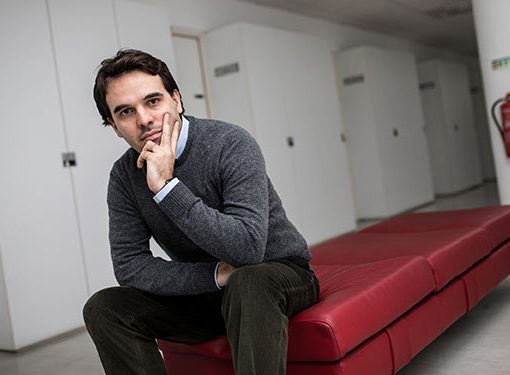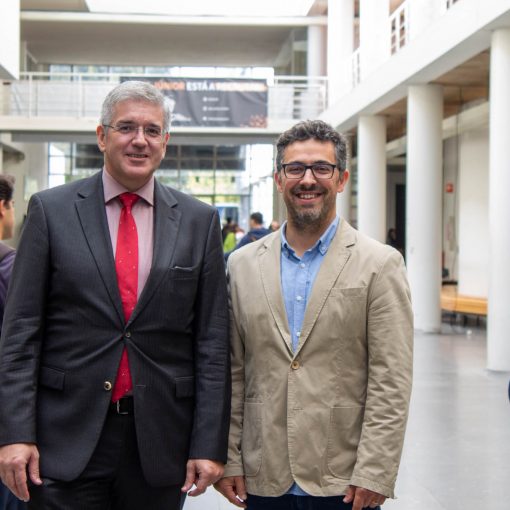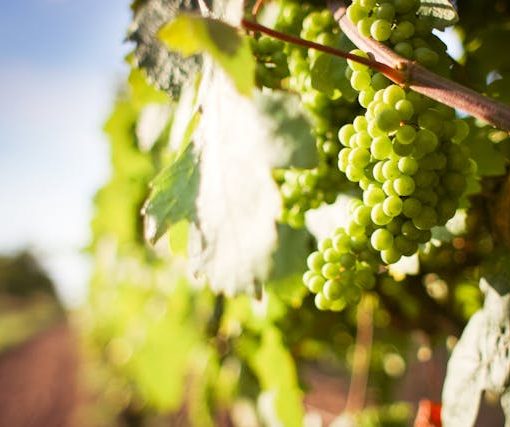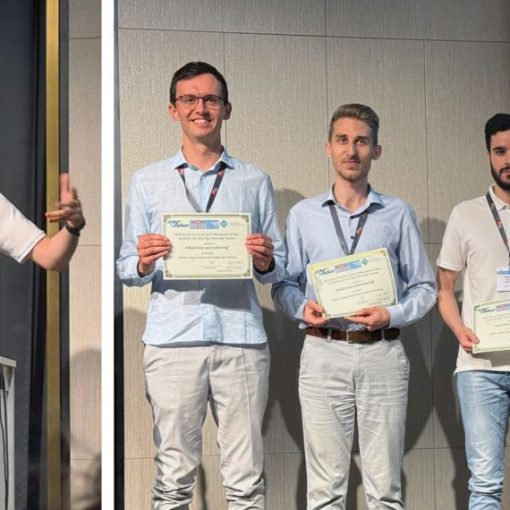The University of Minho has 69 scientists in the group of the 2% most cited in the world over the last year, according to a study by Stanford University (USA) and the Elsevier publishing group, 37 of whom are researchers at the School of Engineering.
The list, called ‘World’s Top 2% Scientists 2025’, includes 236,000 researchers, 984 of whom are affiliated with institutions in Portugal. UMinho has 17 units represented and its top nominees on the global list are Natália Cruz Martins (5230th place), Paulo Lourenço (7119th), Fernando Pacheco-Torgal (7563rd), Rui L. Reis (7901st) and Assunção Flores (12362nd).
The document presents the best researchers on the planet in 22 areas and 174 disciplines, considering their index, volume of publications, and citations of their work, according to data from the Scopus database up to August 2025. This annual list was created in 2019 with the aim of creating a public repository on the impact and influence of researchers on the progress of scientific knowledge and to combat self-citation abuses.
– CEB – Centro de Engenharia Biológica (16 researchers): António Vicente, Artur Cavaco-Paulo, Diana P. Pires, Eduardo Gudiña, Hugo Oliveira, José António Teixeira, Joana Azeredo, Lígia Rodrigues, Lucília Domingues, Madalena Alves, Mariana Henriques, Miguel Gama, Nuno Cerca, Ricardo N. Pereira, Russell Paterson, Sónia Silva.
– Grupo 3B’s (10): Alexandra Marques, Banani Kundu, Miguel Oliveira, Nuno Neves, Rui L. Reis, Sandra Pina, Simone Silva, Subhas Kundu, Tiago Silva, Vítor Correlo.
– Centro de Física (8): Carlos Miguel Costa, Clarisse Ribeiro, José Pedro Silva, José González-Méijome, Nuno Peres, Pedro Martins, Tatiana Rappoport, Vasco Teixeira.
– Centro Algoritmi (7): Anabela Alves, João Luís Afonso, João Varajão, Paula Ferreira, Paulo Cortez, Sandro Pinto, Vitor Monteiro.
– ICVS – Instituto de Investigação em Ciências da Vida e Saúde (6): António Salgado, Fátima Baltazar, Joana Cabral, Natália Cruz-Martins, Nuno Sousa, Rui M. Reis.
– CMEMS – Centro de Microssistemas Eletromecânicos (5): Filipe Marques, Filipe Samuel Silva, Júlio Souza, Flávio Bartolomeu, Paulo Flores.
– 2C2T – Centro de Ciência e Tecnologia Têxtil (3): Andrea Zille, Helena Felgueiras, Raúl Fangueiro.
– CQ – Centro de Química (3): Daniela Correia, Renato Gonçalves, Rita Figueira.
– ISISE – Instituto para a Sustentabilidade e Inovação em Estruturas de Engenharia (3): Joaquim Barros, José Sena-Cruz, Paulo Lourenço.
– CBMA – Centro de Biologia Molecular e Ambiental (1): Ronaldo Sousa.
– CICP – Centro de Investigação em Ciência Política (1): António Tavares.
– CIEC – Centro de Investigação em Estudos da Criança (1): Assunção Flores.
– CTAC – Centro de Território, Ambiente e Construção (1): Fernando Pacheco-Torgal.
– ICS – Instituto de Ciências Sociais (1): Anabela Carvalho.
– ICT – Instituto de Ciências da Terra (1): José Brilha.
– IPC – Instituto de Polímeros e Compósitos (1): Loïc Hilliou.
– MEtRICs – Centro de Engenharia Mecânica e Sustentabilidade de Recursos (1): Rui Alberto Lima.
The study by Stanford University and Elsevier also presents a list of ‘careers’, in which Marian Brownell Anderson (School of Medicine), Júlio Viana (Institute of Polymers and Composites), Yuliy Bludov, Manuel Filipe Costa (both from the Physics Centre) and Wolfram Erlhagen (Mathematics Centre) also appear from UMinho.



